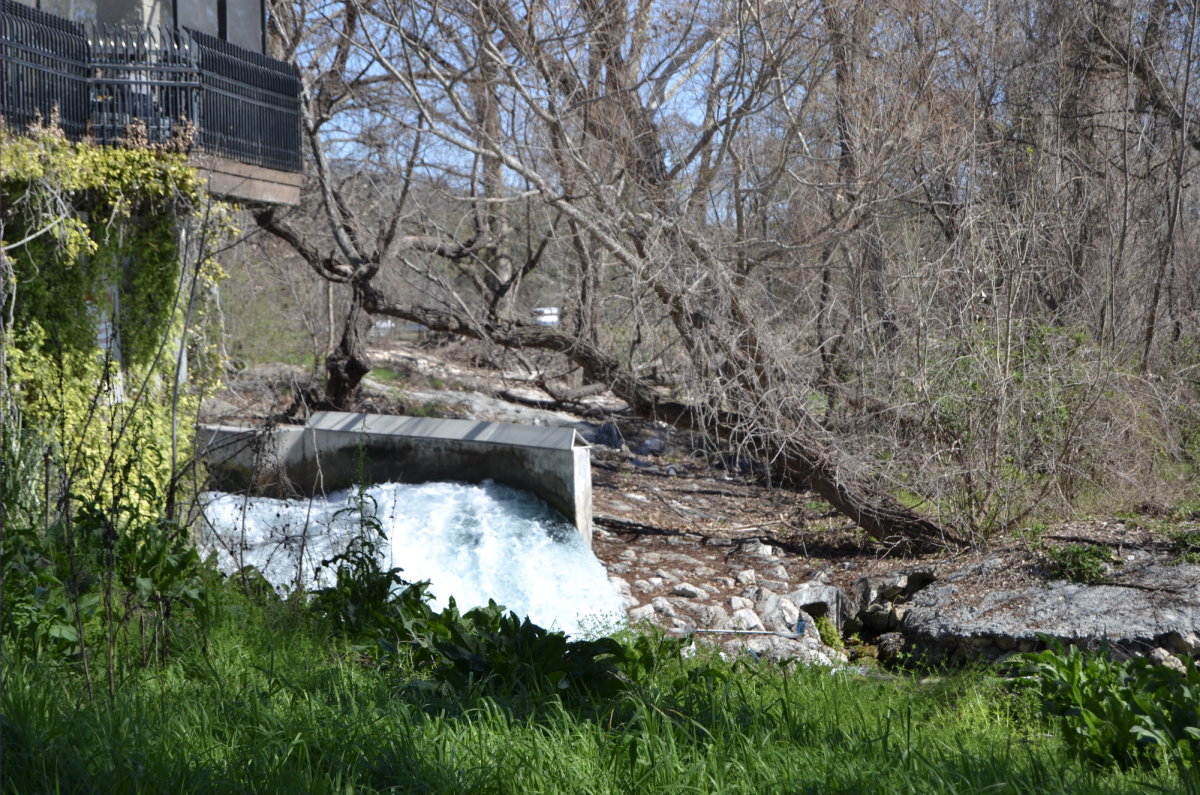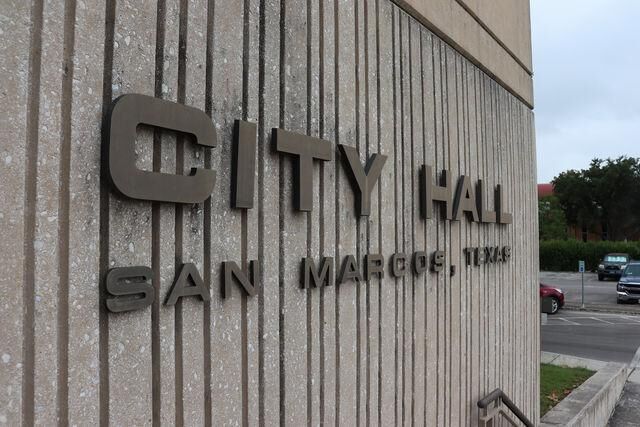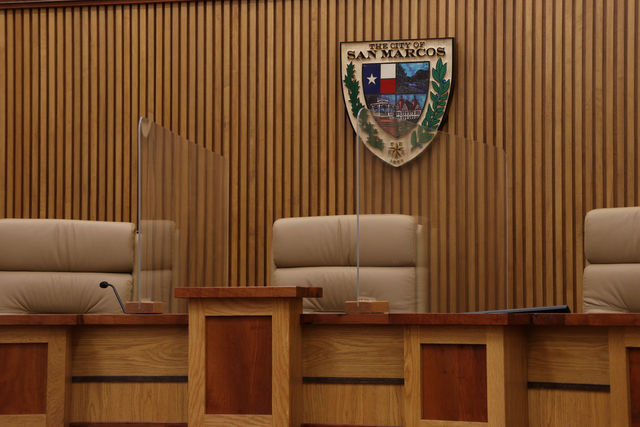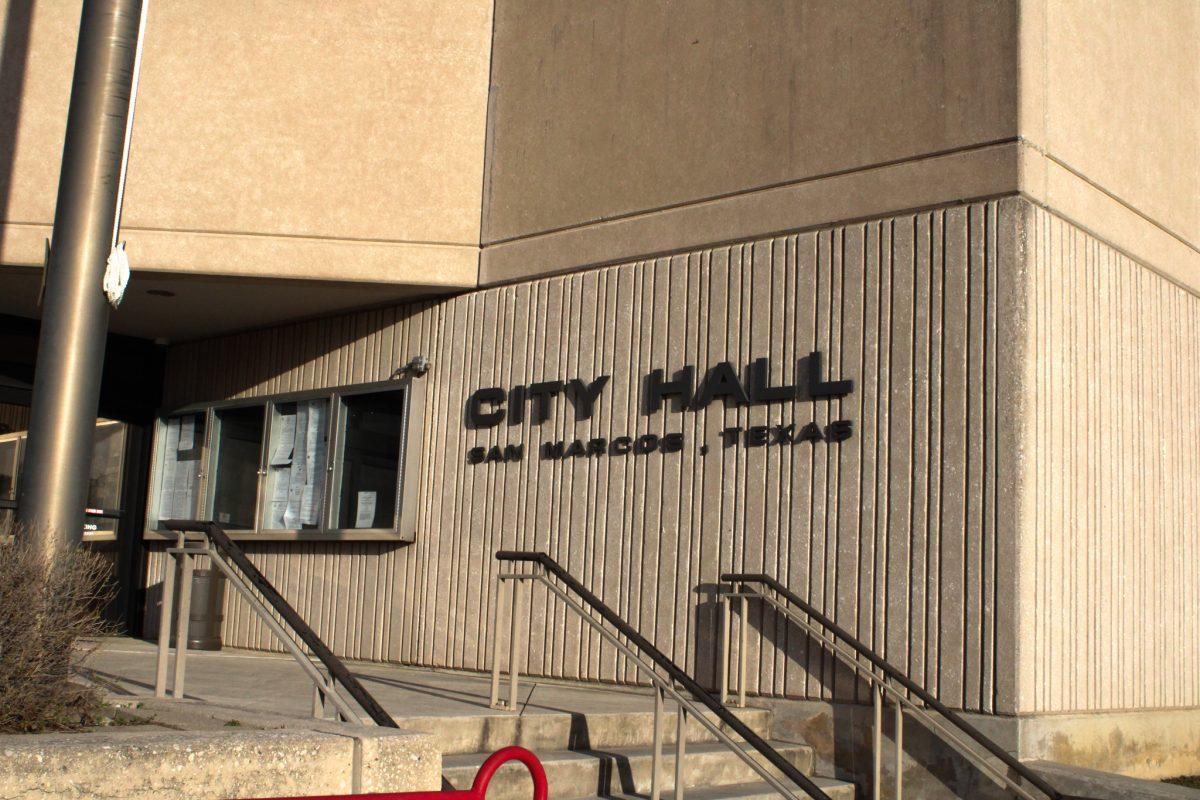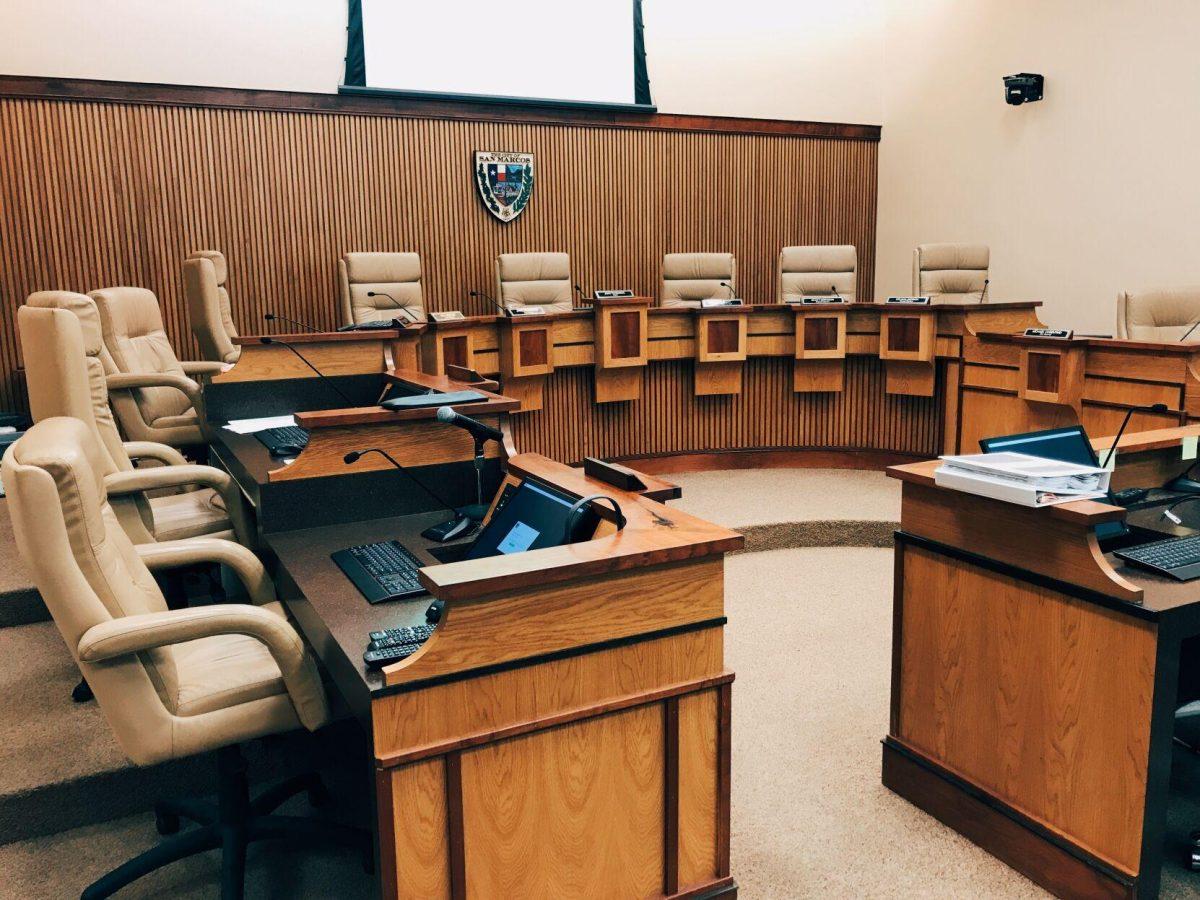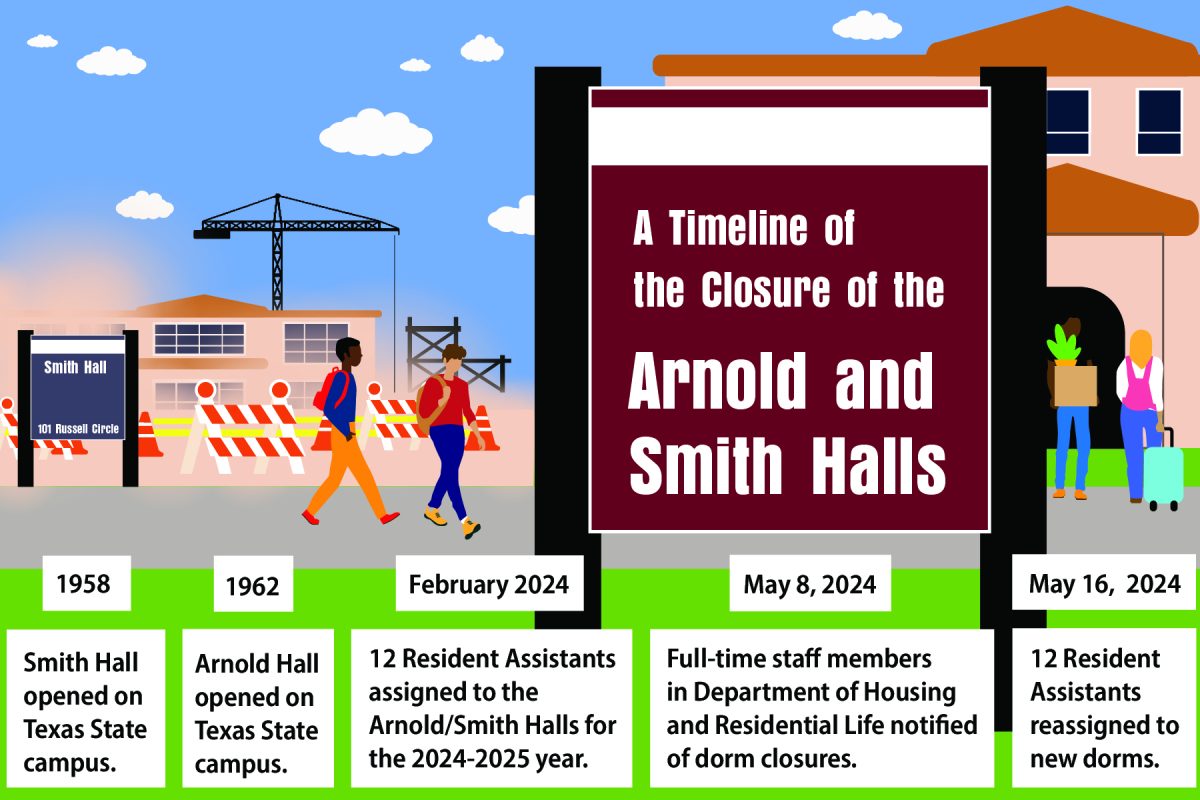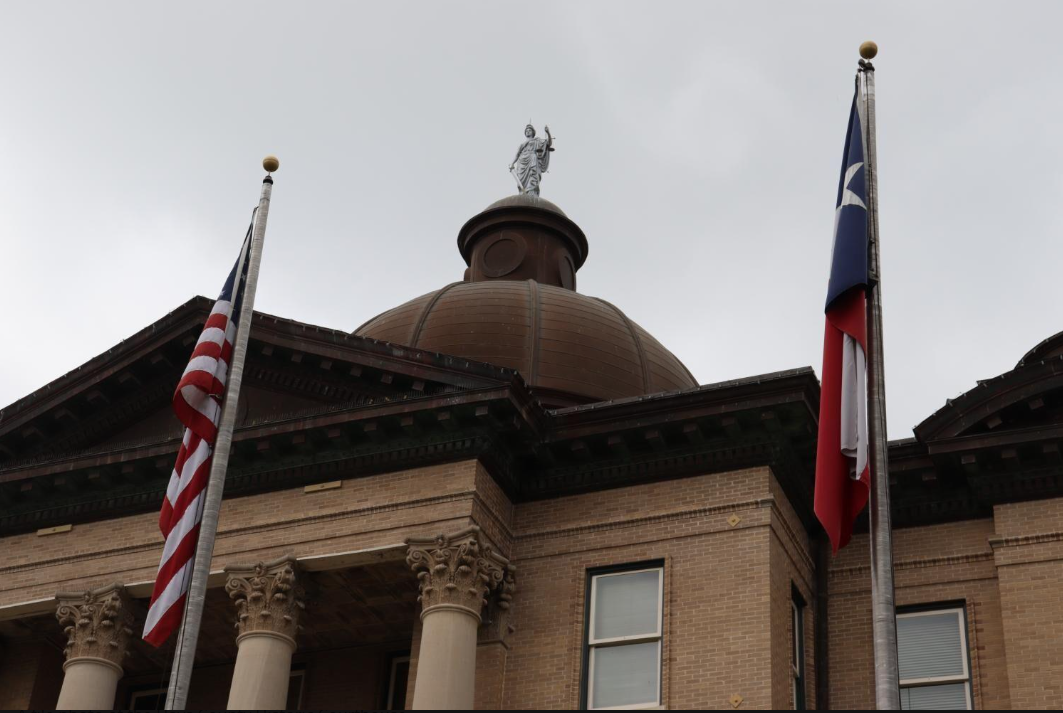On Feb. 20, San Marcos City Council approved the can ban ordinance, which bans single-use beverage containers in designated areas around the San Marcos River and certain parks.
The ordinance prohibits single-use beverage containers from both public waterways and riverfront parks in San Marcos. The ordinance also implemented size restrictions on ice coolers, with a limit set to 30 quarts per person on public waterways.
The can ban is set to go into effect on May 1 with the first year serving as an education period where no citations will be issued for violations.
Christopher Riggins, fish and wildlife biologist for The Meadows Center for Water and the Environment, said there is a safety concern for visitors due to the amount of broken glass and aluminum cans found in the river.
“So even with the recreation that is happening, [the safety concern] of people walking around barefoot into the river and that increased litter in there poses a threat to them,” Riggins said.
The ordinance said “No Zones” will be marked to show where single-use beverage containers will be prohibited. If someone is caught violating the ordinance, they will receive a fine of no more than $500, according to the ordinance.
“Go Zones” will also be marked, showing areas without can ban restrictions.
“Go Zones” locations include Ramon Lucio Ballfields, Rio Vista Pool and city facilities including the San Marcos Activity Center, Pauline Espinosa Community Hall and Fish Hatchery.
Thomas Heard, grand senior coordinator and fish and wildlife biologist for The Meadows Center, said with the increase in recreation there has been a significant rise in litter in the San Marcos River.
“Working in the river every day, we’ve definitely seen [litter] increase,” Heard said. “Plastic pollution and bags potentially getting hung up on wildlife, where [wildlife] end up eating that plastic, people come here to enjoy the river and there is trash everywhere.”
David Garcia, project manager for the Sustainability Squad, said the importance of the can ban is to not only aid the preservation of the environment but of the future of Texas as a whole.
“[The can ban] will help preserve the future and preserve people’s values such as keeping Texas beautiful, keeping their property amazing and [preserving] people’s safety along with that,” Garcia said. “We’re just thinking for the long term and people’s safety.’’
Tyler Hartwick, member of the Sustainability Squad and vice president of the Bobcat Stream Team, said the majority of the pollution in San Marcos comes from non-point source pollution, which according to the National Ocean Service, occurs as a result of runoff and can be difficult to control due to the different sources it may come from.
“When this litter ends up on the ground, it sits there, and when it rains in a large flooding event that litter, oil and stuff flows from your lawn to your local drainage system, and goes straight into the river,” Hartwick said.
San Marcos resident Esmeralda Gonzales said people have dismissed the amount of unwanted trash as they flow down the river and there must be a need to respect the enjoyment of the river by all.
“I hope this [ordinance] will send a message to be prepared on how to dispose of any unwanted litter in the river,” Gonzales said.
Editor’s note: The print version incorrectly stated the ban applies to containers of five ounces or less, rather than all single-use beverage containers. This correction has been reflected in the online story.











